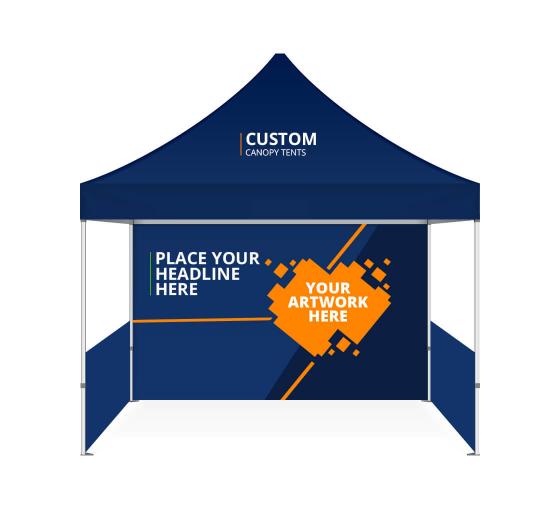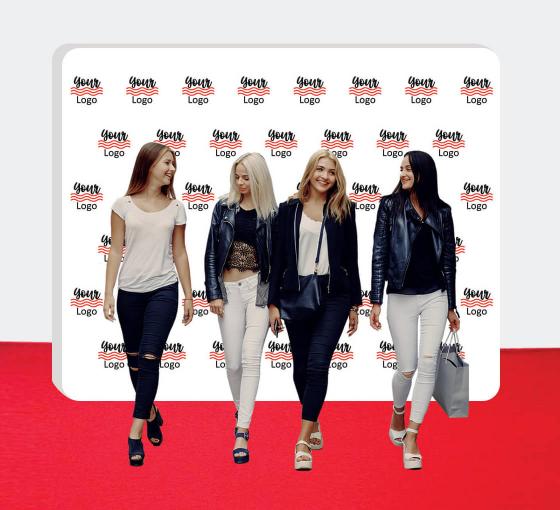In an era where environmental consciousness is at the forefront of consumer concerns, the sustainability of packaging materials is a pivotal aspect for businesses. The choices made in packaging not only impact the environment but also influence consumer perceptions and brand loyalty. Among the myriad of packaging options available, Corrugated Boxes stand out as the epitome of eco-friendliness. In this comprehensive exploration, we delve into the multifaceted reasons why corrugated boxes are hailed as the most sustainable packaging solution, examining their eco-friendly attributes, reliance on renewable resources, recyclability, and their remarkably low carbon footprint.
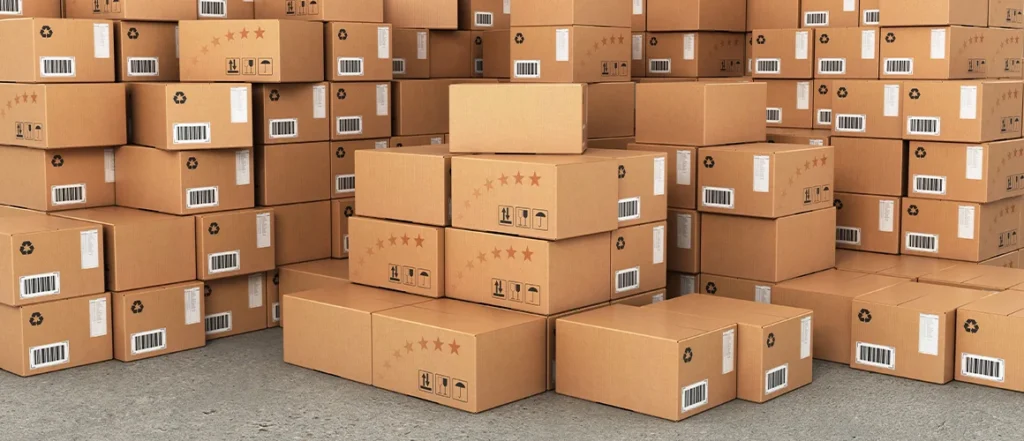
1. Eco-Friendly Material Composition:
Corrugated packaging boxes are crafted from a simple yet ingenious combination of materials – paper and air. The primary component, paper, is derived from renewable resources such as responsibly managed forests. This deliberate choice not only ensures a sustainable source of material but also contributes to the reduction of reliance on non-renewable resources. The manufacturing process involves minimal energy consumption, utilizing efficient techniques that add to the overall eco-friendliness of corrugated packaging. Furthermore, the paper used in corrugated boxes often comes from recycled content, amplifying their environmental credentials.
2. Renewable Resources:
One of the standout features of shipping boxes is their reliance on renewable resources. Unlike plastics or other non-renewable materials, the paper used in corrugated boxes is sourced from sustainable forestry practices. This ensures that for every tree harvested, new ones are planted, creating a closed-loop system that maintains the ecological balance. The emphasis on sustainability extends beyond the final product, with responsible sourcing practices reinforcing the environmental stewardship inherent in the production of corrugated boxes. Forest certification programs, such as the Forest Stewardship Council (FSC), play a crucial role in ensuring that the paper used in corrugated packaging comes from responsibly managed forests.
3. Recyclability – Closing the Loop:
Corrugated multi depth boxes champion the concept of a circular economy. They are not only recyclable but are also one of the most recycled materials worldwide. The recycling process for corrugated packaging is straightforward, involving pulping and reprocessing the paper fibers. This loop of recycling minimizes waste, conserves resources, and reduces the need for virgin materials, making corrugated boxes a poster child for sustainable packaging. The high recyclability of corrugated boxes aligns seamlessly with evolving waste management practices, contributing to a reduction in landfill volumes. Additionally, the recycling process for corrugated boxes requires less energy compared to producing new materials, that ultimately makes it an energy-efficient and environmentally sound choice.
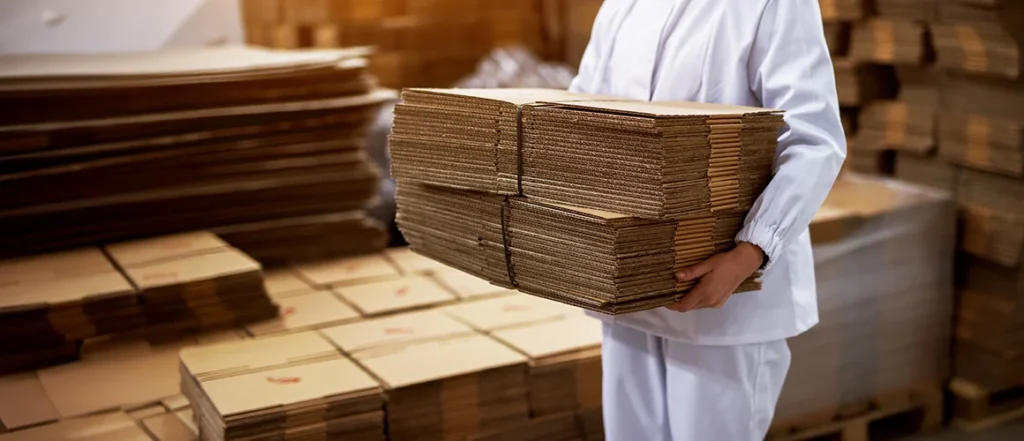
4. Low Carbon Footprint:
A key factor contributing to the sustainability of corrugated tall boxes is their remarkably low carbon footprint. The manufacturing process is energy-efficient, utilizing advanced technologies to minimize energy consumption. Additionally, the lightweight nature of the boxes reduces transportation-related emissions, further mitigating the environmental impact. When compared to alternative packaging materials such as plastics or Styrofoam, corrugated boxes emerge as a clear winner in terms of their contribution to lowering greenhouse gas emissions. The focus on reducing the environmental impact extends to the entire lifecycle of corrugated boxes, from sourcing raw materials to the end-of-life disposal or recycling process.
Corrugated Boxes vs. Other Packaging Materials
| Aspect | Corrugated Boxes | Plastic Packaging | Styrofoam Packaging |
| Material Composition | Paper and air | Petrochemicals | Polystyrene |
| Renewable Resources | Yes | No | No |
| Recyclability | Highly recyclable | Challenging | Limited recycling |
| Carbon Footprint | Low | High | High |
Pointers: The Green Advantages of Corrugated Packaging
Versatility: Corrugated long boxes are highly versatile and can be customized for various shapes and sizes, accommodating diverse product dimensions. This adaptability not only ensures the protection of goods during transit but also minimizes the need for excessive packaging materials, contributing to overall waste reduction.
Cost-Effective: The production of printed boxes is often more cost-effective than alternative materials, making it an economically viable and eco-friendly choice for businesses. The cost-efficiency extends beyond production, as the lightweight nature of corrugated boxes reduces shipping costs and further contributes to overall savings. This economic advantage positions corrugated packaging as a sustainable solution that benefits both the environment and the bottom line.
Biodegradability: In scenarios where recycling is not feasible, multi depth & flat boxes are biodegradable, ensuring they break down naturally without leaving a lasting environmental footprint. This quality is particularly advantageous in regions where recycling infrastructure may be limited or underdeveloped. The biodegradability of corrugated boxes aligns with the principles of a circular economy. Promote responsible use of resources and minimize waste!
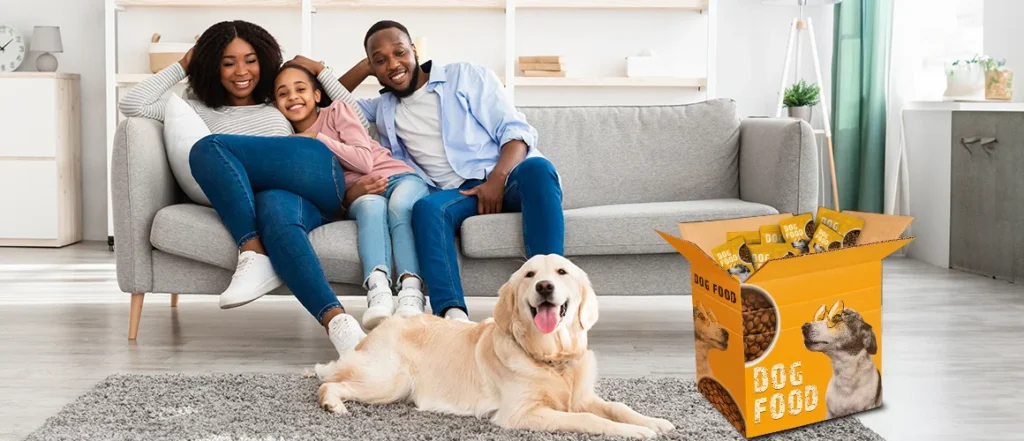
Branding Opportunities: Sustainable packaging aligns with consumer values, providing businesses with an opportunity to enhance their brand image and connect with environmentally conscious consumers. The adoption of corrugated packaging not only showcases a commitment to sustainability but also fosters positive brand associations, potentially influencing purchasing decisions. Businesses can leverage the eco-friendly aspects of corrugated packaging in their marketing strategies to create a distinctive and responsible brand identity.
The Green Revolution and Future Trends:
As the global community continues to grapple with the environmental challenges posed by excessive waste and climate change, the demand for sustainable packaging solutions is on the rise. Corrugated boxes, with their proven track record of eco-friendliness, are well-positioned to play a crucial role in this green revolution. Future trends in packaging are likely to emphasize the importance of not only recyclability but also responsible sourcing and production practices. Businesses that embrace corrugated packaging as a cornerstone of their sustainability initiatives will find themselves at the forefront of these evolving trends, gaining a competitive edge in an increasingly eco-conscious market.
Concluding Words:
Corrugated boxes emerge as the undisputed champions in the realm of sustainable packaging, embodying a harmonious blend of eco-friendly material composition, reliance on renewable resources, recyclability, and a remarkably low carbon footprint. Businesses that prioritize sustainability in their packaging choices not only contribute to a greener planet but also position themselves as leaders in sustainable practices. As consumers increasingly prioritize eco-friendly choices, the adoption of corrugated boxes becomes a strategic move that aligns with both environmental and business goals. Embrace the green revolution – choose corrugated, choose sustainability. The journey towards a greener future starts with the choices we make today, and corrugated packaging stands as a beacon of sustainability in the landscape of modern packaging solutions. By embracing corrugated boxes, businesses not only make a positive impact on the environment but also pave the way for a more sustainable and responsible future.
Written by BannerBuzz editorial team.


 Posted in
Posted in 
